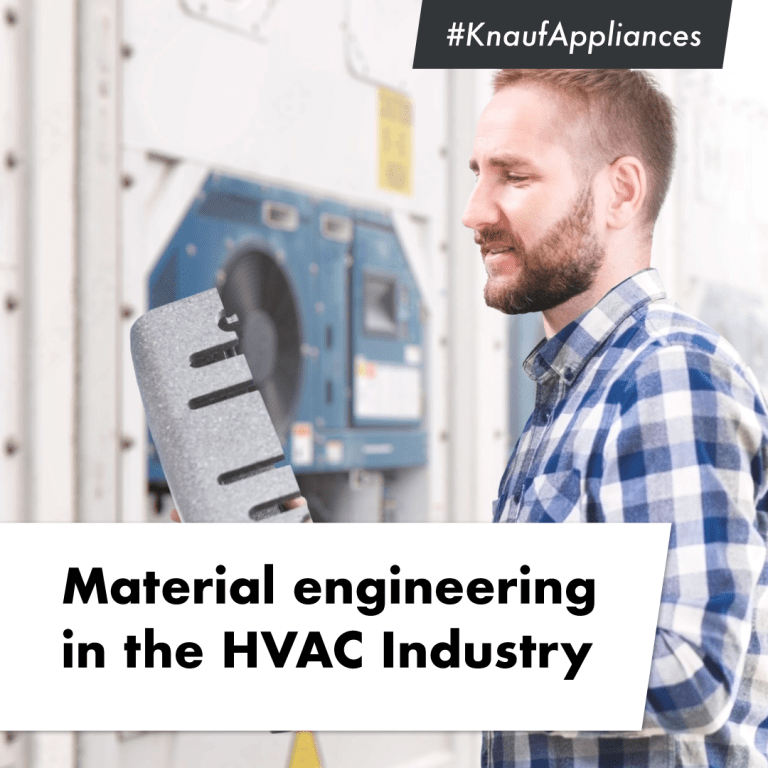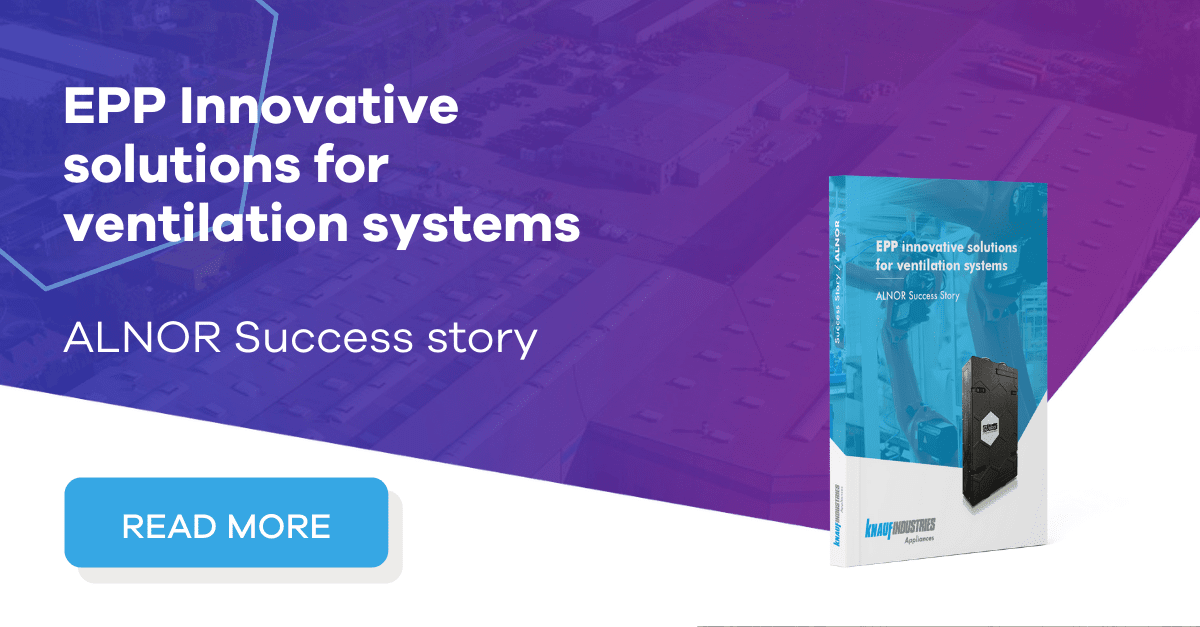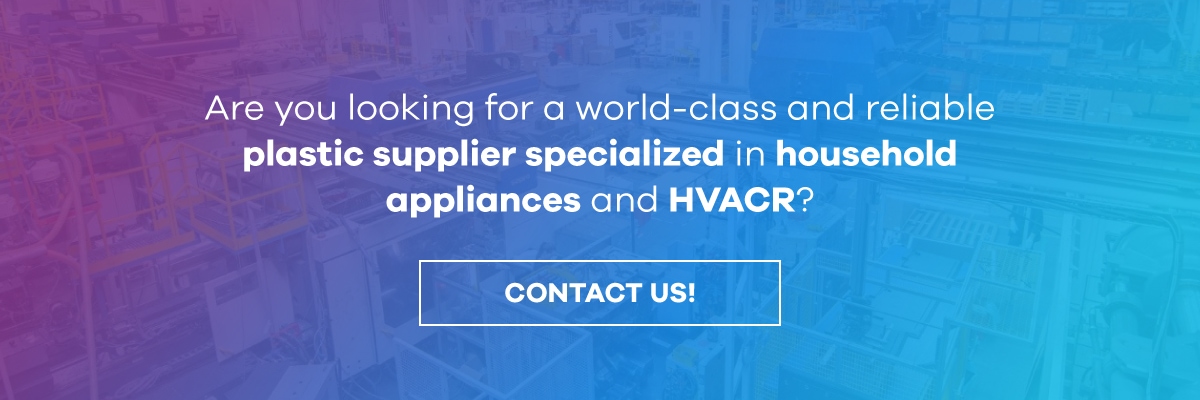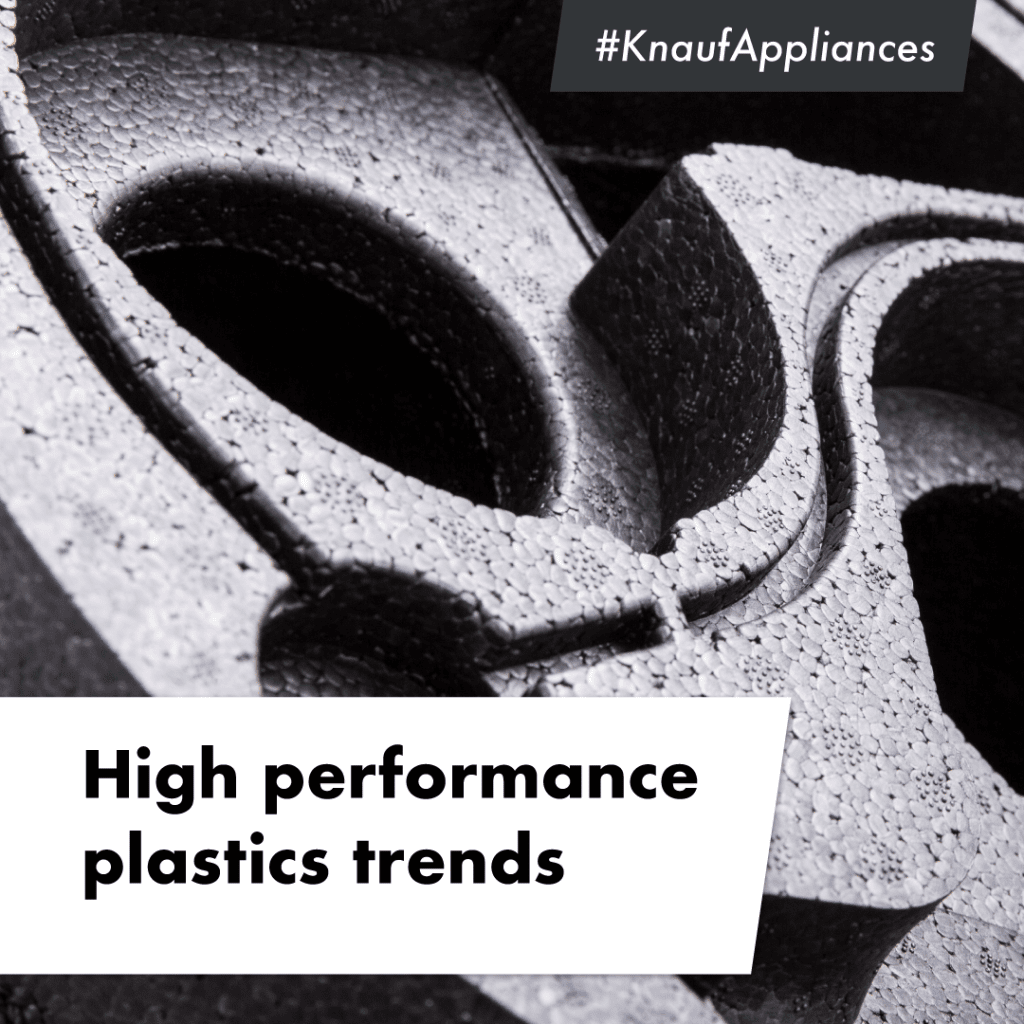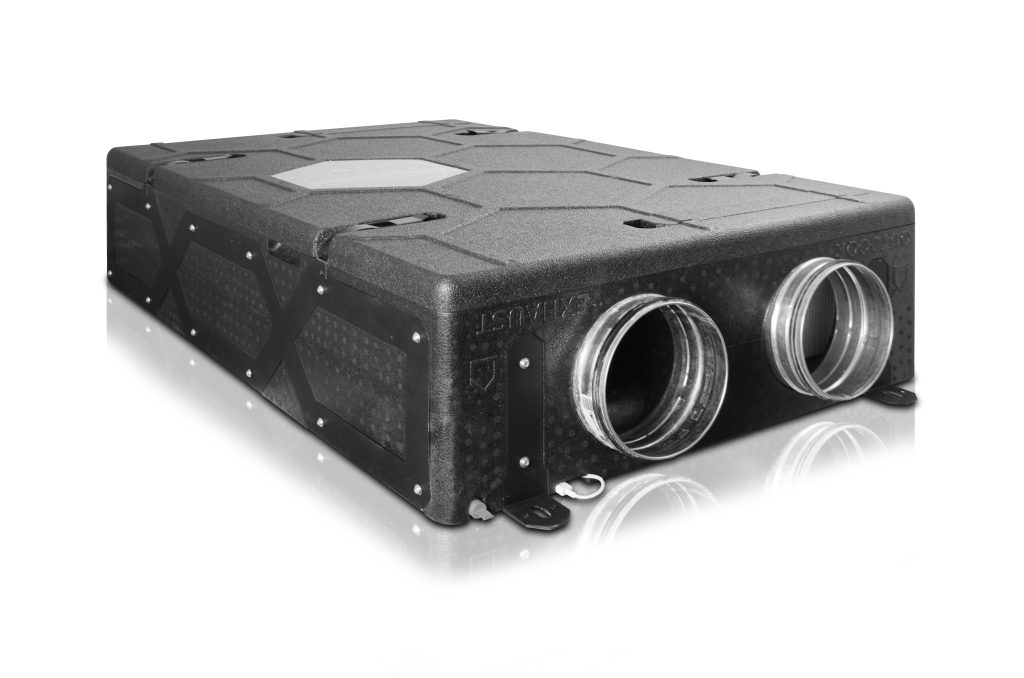The HVAC (Heating, Ventilation and Air Conditioning) industry is an ever-evolving one. With the technology progress, meeting the demands of customers is increasingly challenging and this is where material engineering comes in.
Material engineering in the HVAC industry: what does it imply?
Sometimes referred to as materials science or materials technology, material engineering is a field that involves investigating the properties of substances to create new materials with enhanced physical and chemical qualities, optimize production processes and develop eco-friendly materials that help reduce the carbon footprint.
This research area has important implications in the HVAC industry where the selection of the right materials determines the quality of the installed units, avoiding the feared gaps and leaks. The properties of engineered materials in this sector are helpful to make it evolve. In this regard, the basic goal is finding inefficiencies or malfunctions and creating solutions designed to optimize performance and increase the efficiency of the systems.
Take a look at our case study with Alnor Ventilation Systems. Discover how this company reduced its production costs whilest increased efficency working with Knauf Appliances’ experts on material engineering for HVAC.
Material selection in HVAC
There are some common materials used in HVAC applications. For instance, fiberglass is usually used for insulation in both thermal and acoustic applications. Blended PVC-NBR sponge material is commonly used to seal out air in sealing applications. Silicone and Poron tend to be used for gasketing applications.
To ensure the best price-quality ratio it is necessary to identify the materials that best fit each application and assess the current material specifications and supply chain.
Finding substitute materials that reduce the cost of the commonly used ones while equaling their properties is also a good alternative. For example, even if frame gaskets are an essential component of any HVAC unit, they can be replaced by four other ones with similar performance: collapsible gaskets, dovetail strips, molded gaskets or room temperature vulcanizing caulk.
Most common materials used in HVAC
If there are two materials that have traditionally delivered good results to the HVAC they are fiberglass and foam. In addition to them, non-woven materials are currently experiencing a rise in popularity. Let’s review each of them in greater detail:
- Fiberglass: it is one of the most versatile and at the same time inexpensive materials in the HVAC industry. Due to its thermal and acoustic insulating properties it is a great choice for applications ranging from unit to home insulation. It can also substitute sheet metal in ductwork.
- Foams: there are three types of foam based on their inner structure:
- Open-cell foams: they are normally used as environmental filters, acoustic buffers or to reduce vibration and provide acoustic insulation in the units.
- Closed-cell foams: they are mainly used in access doors for HVAC units, as they prevent leaks and moisture while offering a certain level of noise insulation. In this category we can find EPP and EPS, two materials that are main players in Knauf industries’ solutions because of their lightweight, mechanical resistance and great insulation properties.
- Crushed foam: it is widely used as a gap filler in HVAC due to its ability to fill gaps without causing deflection in thin metals or plastics.
- Non-woven materials: this kind of materials have great potential to be extraordinary thermal and acoustic insulators and are much cleaner and non irritant than others. That is why many producers are trying to break into the HVAC market. However, they are still seeking UL testing approval to be cleared for use.
The importance of choosing the right materials
A quality installation starts with the election of good materials. The first step is making sure to understand the material options, the specifications they need to meet, areas for improvement and of course its cost-effectiveness to create the optimal HVAC products. In general, the three most important factors to bear in mind are a material’s density, thickness, and flammability rating.
Risks of using the wrong materials in Heating and Ventilation
Cheap can be expensive, especially in industries such as HVAC. For example, using the wrong type of foam or applying it incorrectly can cause gaps, which are the main enemy of HVAC installations. Also not accounting for differences in irregular surfaces can create leaks in the ductwork.
There are multiple ways to identify an air leak: if a unit is running all the time, if the temperature is never at the right level, or if energy bills turn out excessively high. To avoid all this, it is important choosing the right materials, as well as accounting for factors like gap tolerance.
How to cut costs with material selection
Even if skimping on materials can have devastating consequences, there are fortunately some ways to reduce spending and select materials in an efficient way without affecting the quality of the system. Let’s have a quick look at the most highlighted ones!
- Don’t over-specify materials
Companies tend to over-spec materials, usually because they don’t devote enough time to reading the product specification sheets. This often results in using materials that are too aggressive or of a higher level than what is necessary for the application to function correctly.
A common example in the HVAC industry are ASTM-E84 or UL723 materials, which signify that they have low smoke and toxicity levels. This is usually required when insulating an airstream or ductwork, however, manufacturers often use them also for the junctures in the whole installation, even if it is not needed for applications that don’t involve airstream.
- Use the right adhesives
Using the right adhesive for each application is a simple change that can easily help cut costs without compromising the quality of the system. For instance, when assembling products that are going to be mechanically fastened, using acrylic-based adhesives is absolutely not necessary, as they are more expensive than rubber-based ones.
- Switch from bun to roll materials
Many manufacturers still use old specifications to supply their materials. This implies needing to glue material buns together, cutting them to the desired thickness, and then apply an adhesive to get a roll. Nowadays, materials are continuously made in rolls, easing speed manufacturing.
A good option is finding alternative materials and making sure they are continuously made in rolls and not in buns. This will save you money with no need to completely change your whole process.
Knauf Appliances’ solutions: Technical components for the HVAC market
At Knauf Appliances we are worldwide recognized for our great experience in protective packaging solutions for domestic appliances and technical components for the HVAC market. Our specialized team works closely with our customers in the eco-design of their new range of brown and white goods.
In particular, we have a broad range of solutions for each part of a HVAC system:
- Heating: we develop insulation solutions for heat pumps which prevent heat losses and customized housings for boilers and heat exchangers made from EPP or EPS, two expanded foams that add practically no weight to the devices facilitating their transport and installation.
- Ventilation: jointly with some renowned ventilation equipment producers we have built up various lightweight housings that insulate the system while playing a decorative role. They are mainly made of EPP, which fulfills and even over-specify the defined air-tightness requirements.
- Plastic ducts: they can be rectangular or rounded. The high energy efficiency of these materials makes plastic ducts an economical system in the medium and long term, considering the entire life cycle of the structure. Among its benefits, it is worth highlighting thermal insulation, energy efficiency, easy installation, sealing and leak prevention, lightness, versatility and mold prevention.
- HVAC insulation: we have at your disposal a wide variety of HVAC insulation solutions dedicated to improving temperature control, absorbing operational noise and preventing energy losses.
At Knauf Appliances we focus on solving our clients’ needs, analyzing their needs and providing optimized and cost-efficient solutions for custom-made EPP HVAC systems. With our solutions, which are highly valued for their lightness and therefore their easy assembly and installation, units will work flawlessly and reliably.
